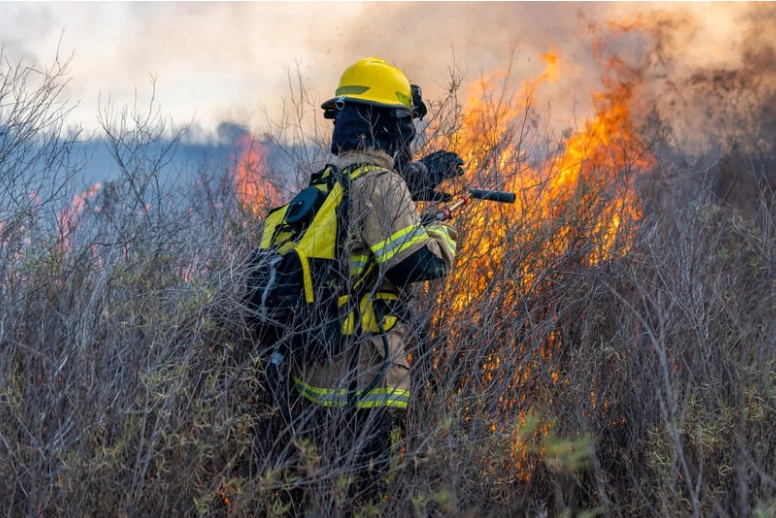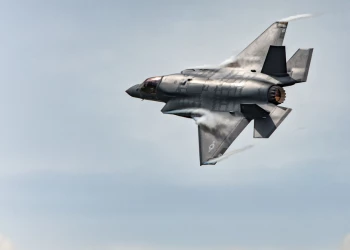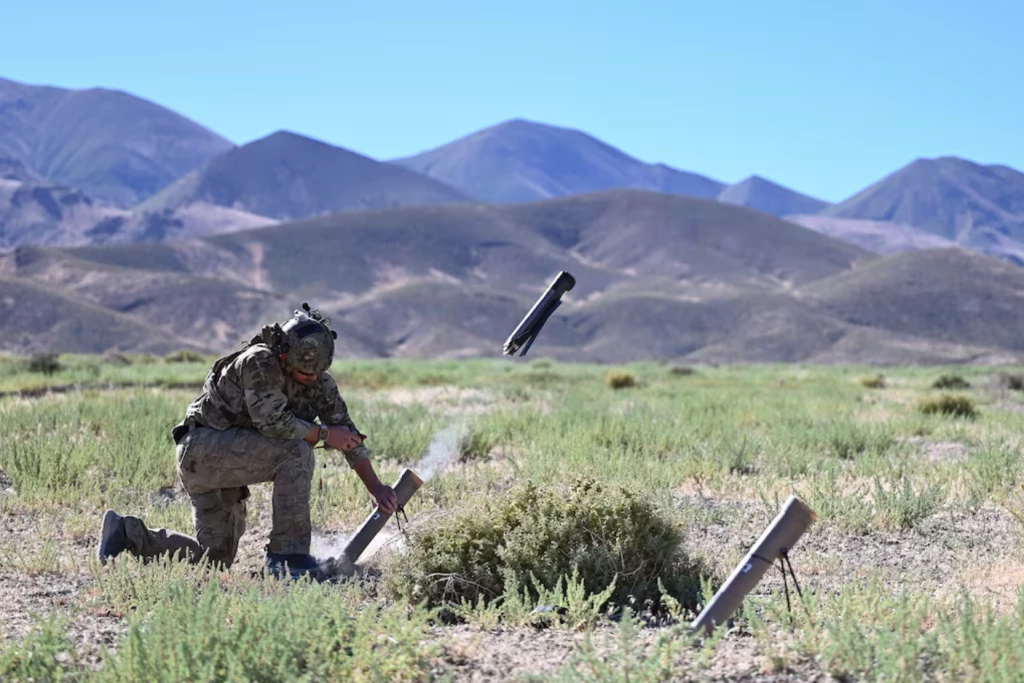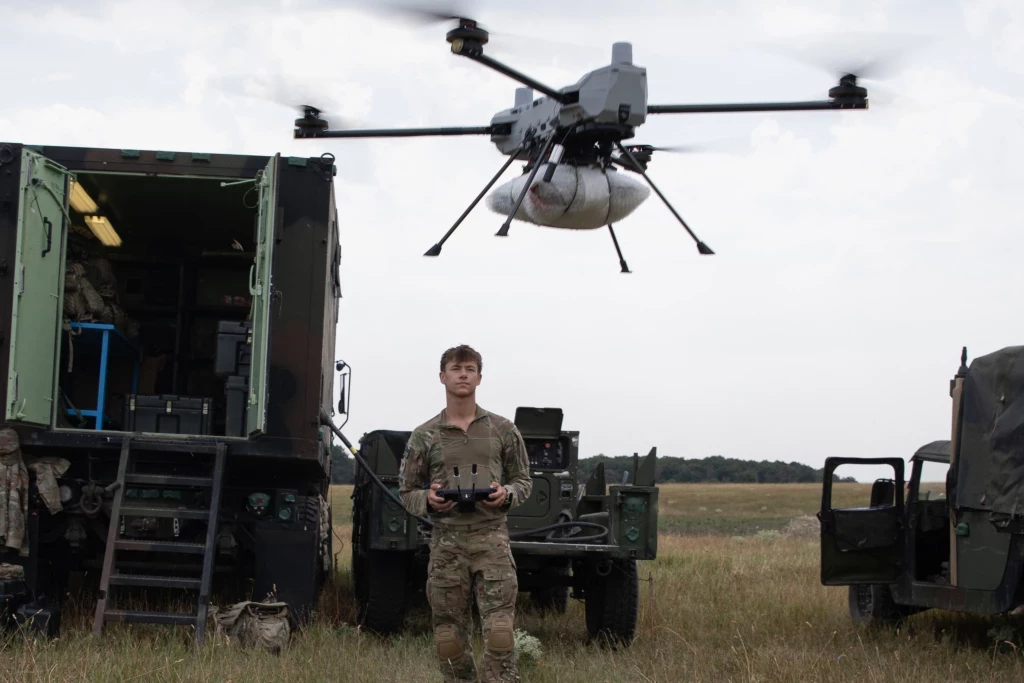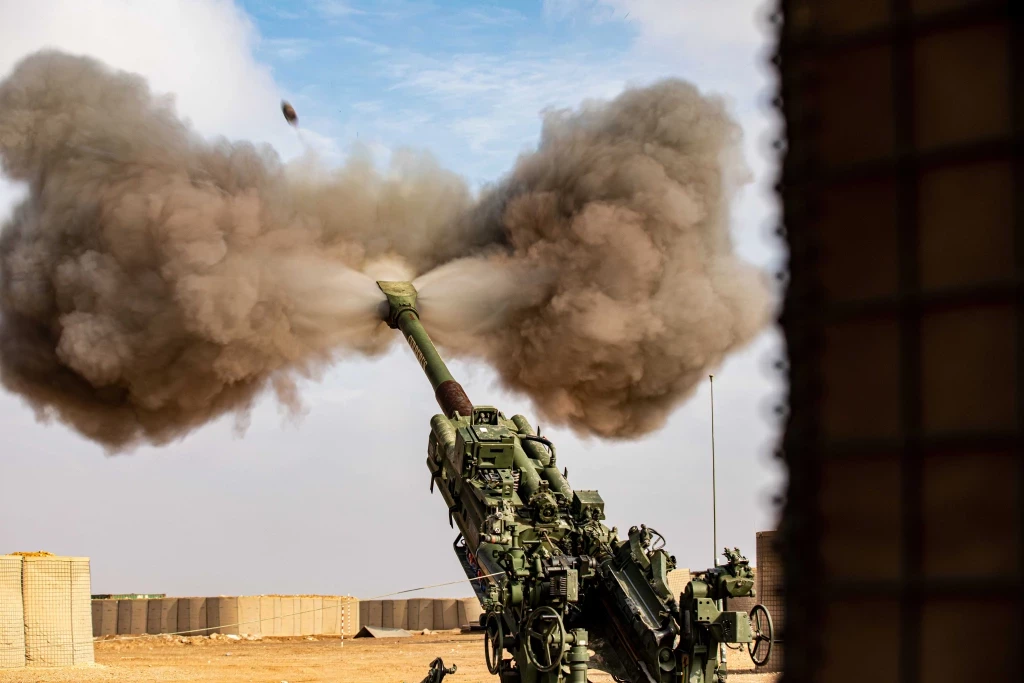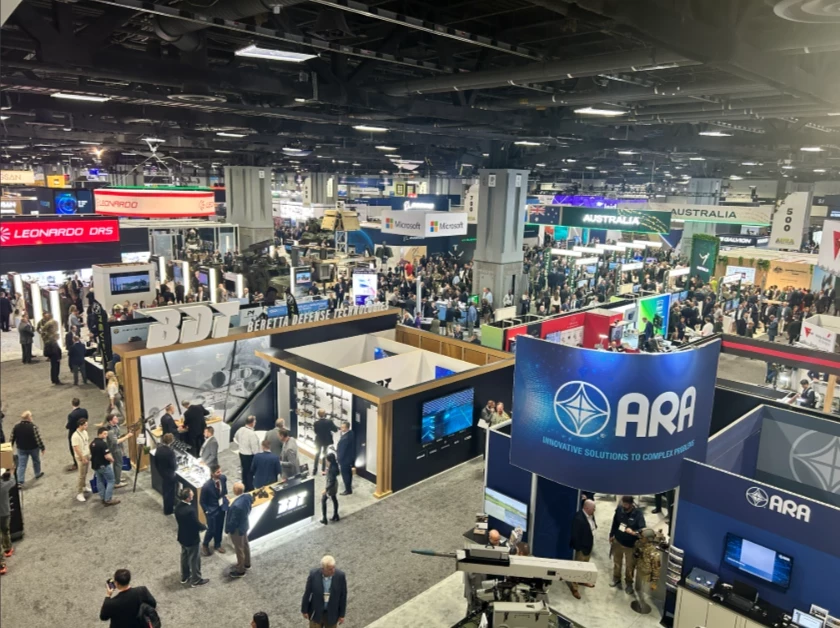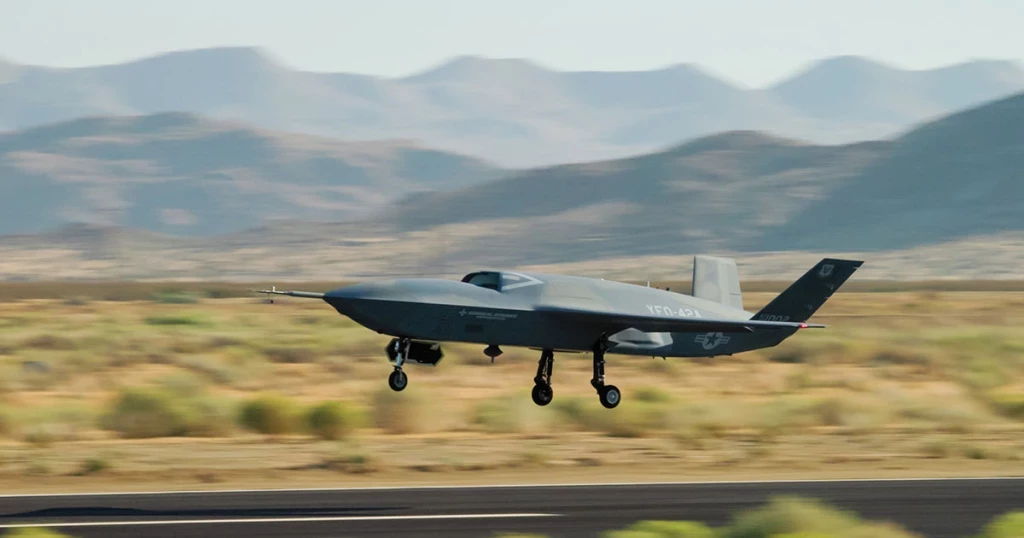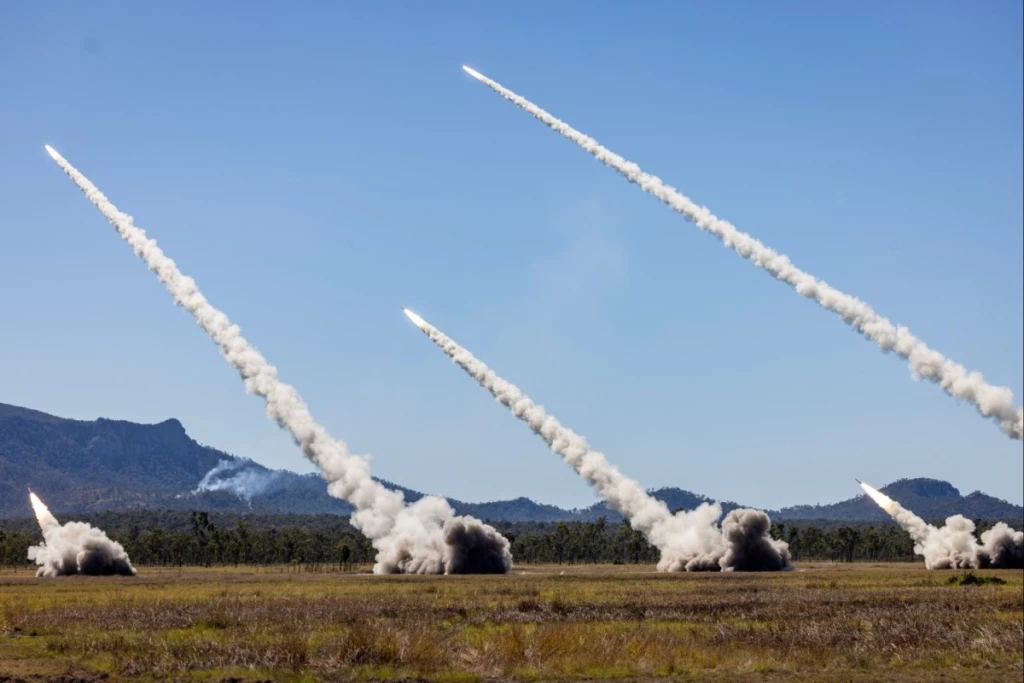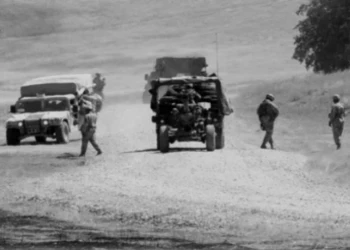Defense News Digest: September 2025
Add bookmark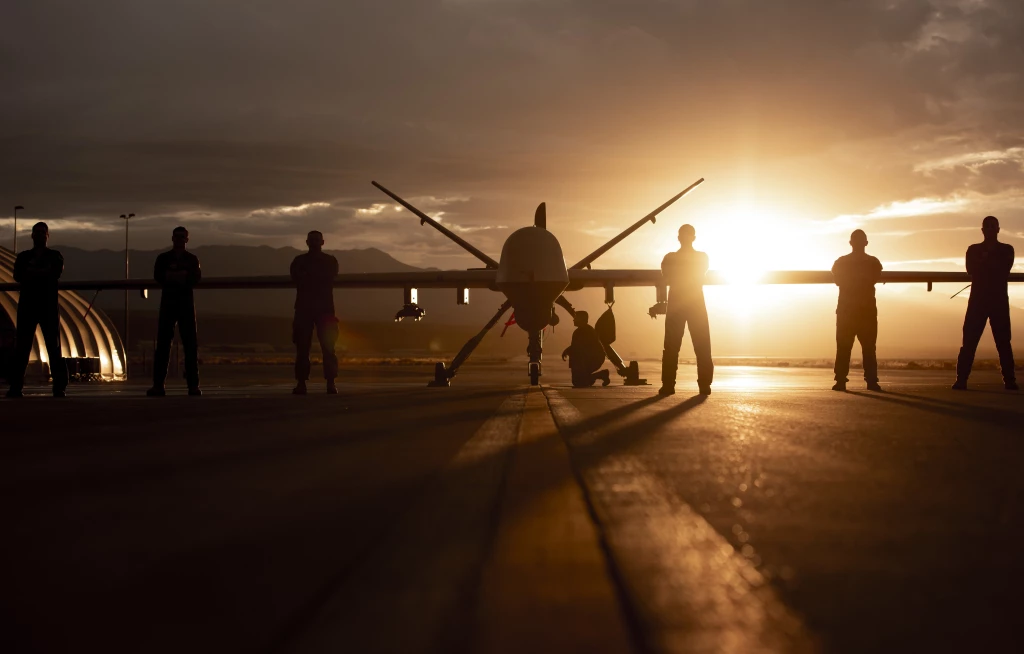
Welcome to IDGA’s weekly news roundup. For over two decades, IDGA has organized conferences designed to further the national security objectives of the current administration and to facilitate the acquisition priorities of the DoD, DHS, and other federal agencies. Now, through this weekly series, we look to educate the community on the latest research, program updates and news in the defense and government sector.
This month we will examine five stories, some of which you might have missed, including an update to CCA, the launch of the Pentagon's new 'Top Drone' school, and much more.
Army Shifts Autonomy Strategy, Moves Away from ISVs
The Army is overhauling its Unmanned Systems (UxS) autonomy initiative, pivoting away from Infantry Squad Vehicles (ISVs) as the default testbed. Instead, vendors will now bring their own robotic platforms to host autonomy software, allowing the service to evaluate mission-focused autonomy rather than vehicle-specific automation.
The shift reflects concerns about technical and safety limitations with ISVs, as well as the Army’s desire to adapt to a rapidly evolving autonomy landscape. Forterra, Overland AI, and Scout AI (already awarded $15.5 million to integrate autonomy onto ISVs) will continue under the new approach, but the Army plans to open the door for additional industry entrants.
Officials emphasized that the project’s core goal remains unchanged: rapidly integrating commercial autonomous mobility into Army formations. This pivot comes amid broader Army recalibrations in robotics, including efforts around Unmanned Ground Commercial Robotic Vehicles (UGCRV), Human-Machine Integrated Formations, and the Common Autonomous Multi-Domain Launcher (CAML).
To learn more about the future of ISVs, join IDGA at the Armored Vehicle Summit set to return in June 2026.
Air Force Expects Early Contracts for CCA Increment 2 ‘in Months’
The Air Force plans to award concept-refinement contracts for the second increment of its Collaborative Combat Aircraft (CCA) program in early FY2026, with awards expected “within the next few months,” Col. Timothy Helfrich said at AFA 2025. More than 20 vendors were solicited for the early-stage effort; the service will narrow that field and place “several” teams on contract, with the final number dependent on multiple factors.
Increment 2 will start with concept refinement (tech maturation/risk reduction) as Increment 1 did. Service leaders are still weighing whether the next round favors low-cost, expendable designs, higher-end survivable systems, or both; international partner needs could drive separate use cases and parallel designs. The Air Force recently issued an RFP for lower-thrust engine solutions to fill a market gap, though Helfrich warned that engine work doesn’t yet define the increment’s ultimate direction.
Meanwhile, Increment 1 continues toward a production decision next year: General Atomics’ YFQ-42A and Anduril’s YFQ-44A remain competitors (YFQ-42A flew last month; YFQ-44A is expected to fly in mid-October), and autonomy software development (RTX and Shield AI suites) is proceeding in parallel and not tied to a single airframe. Industry contenders such as General Atomics’ “Longshot” and Lockheed Skunk Works’ new Vectis prototype were flagged as potential fits depending on requirements.
Pentagon Launches First ‘Top Drone’ Training School
The Pentagon has staged its first “Top Drone” school, a training and evaluation event designed to sharpen drone operator skills while testing emerging technologies in realistic, threat-informed environments. Held at Camp Atterbury, Indiana, as part of the Defense Department’s Technology Readiness Experimentation (T-REX) showcase, the four-day course featured urban-style training runs emphasizing maneuverability, endurance, and reconnaissance.
Operators flew drones from companies Vector and Code 19 alongside Army partners, while the Marine Corps conducted live-fire attack drone trials nearby. The initiative aims to validate drone tactics and capabilities, refine counter-UAS sensors, and collect operational data. Lt. Col. Matt Limeberry, who leads the Pentagon’s Rapid Assessment or Prototype Technology Task Force, said DOD plans to hold at least two Top Drone events per year and expand to more complex terrains and electronic warfare conditions.
Top Drone reflects Defense Secretary Pete Hegseth’s push for “drone dominance” by 2027, pairing increased fielding of drones with the training infrastructure needed to support them. At the broader T-REX event, the Pentagon evaluated 58 prototype systems—ranging from low-cost attack drones to counter-UAS interceptors—while another 50 firms displayed early-stage concepts for potential future trials. Decisions on which technologies advance to rapid experimentation are expected later this year.
DoD Floats Prize Competition for Space-Based Interceptor Prototypes
The Pentagon is considering an unconventional acquisition strategy for boost-phase space-based interceptors (SBIs), a central component of President Trump’s “Golden Dome” missile defense initiative. Under the plan, companies would self-fund the design, development, and launch of SBI prototypes to compete for relatively modest prize awards, with the prospect of production contracts after 2028.
Draft acquisition “lines of effort” outline two interceptor variants: endo-atmospheric (within the atmosphere) and exo-atmospheric (just beyond 120 km). Initial awards would be limited to about $120,000 per company plus small options, with larger prize pools (hundreds of millions) tied to a series of demonstration “gates” culminating in an intercept test by 2029. Related competitions are also envisioned for fire control sensors and hypersonic defenses.
Industry reaction has been skeptical, with experts warning the high upfront costs and lack of near-term production opportunities could deter most bidders, especially given SBIs’ lack of commercial applications. Some analysts noted the model may favor deep-pocketed firms like SpaceX, which can absorb risks without shareholder pressure. Others suggested it could open doors for smaller, more agile companies.
Defense officials argue the approach is designed to accelerate innovation and share risk with industry. But questions remain about whether the prize structure will attract sufficient competition or sideline all but the largest players.
Trump’s Second Term Fuels Biometric Border Expansion
Immigration enforcement remains the centerpiece of President Trump’s second term, now underpinned by a rapid expansion of biometric technologies at the U.S. border. Facial recognition, mobile fingerprinting, and identity platforms have moved from pilots into nationwide infrastructure in just nine months, backed by billions in new contracts.
Much of the funding comes from Trump’s “One Big Beautiful Bill Act,” which allocated $165 billion for DHS over four years, including at least $673 million for biometric systems. Major awards have already flowed to GDIT ($386.3M), American Systems ($118M), Dignari ($52.9M), Palantir ($30M), and Peraton, while ICE has deployed new mobile facial recognition tools.
The expansion, however, faces fiscal and legal complications. A long-standing visa fee authority, expected to contribute up to $1B, has delivered only ~$15–28M annually. Trump’s recent move to restrict H-1B visas and attach a $100,000 surcharge could further shrink the revenue stream without generating new earmarked funding. Congress may need to step in to stabilize the program’s finances.
Meanwhile, DHS has erased statutory limits on biometric pilots, authorizing nationwide deployment at air, land, and sea ports — even in vehicle lanes. This regulatory shift has triggered a procurement surge while raising privacy concerns over incidental U.S. citizen data collection.



